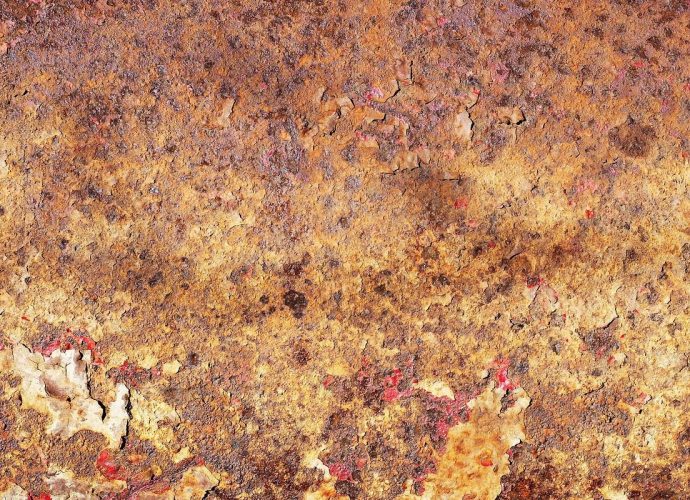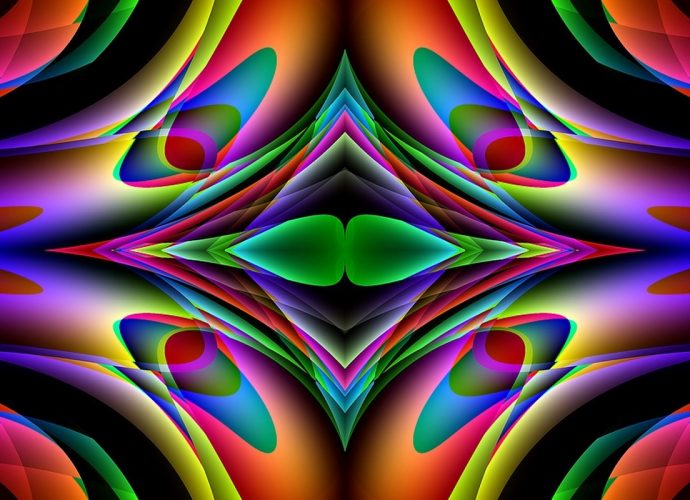Is HCl Molecule Polar Or Nonpolar?
HCl is a covalent compound formed by sharing one electron between chlorine and hydrogen. Because chlorine is more electronegative than hydrogen, the shared pair of electrons shifts towards the chlorine atom. … Hence, the covalent bond is polar in nature. Is HCl polar or ionic? It confirms that the H-ClRead More →









